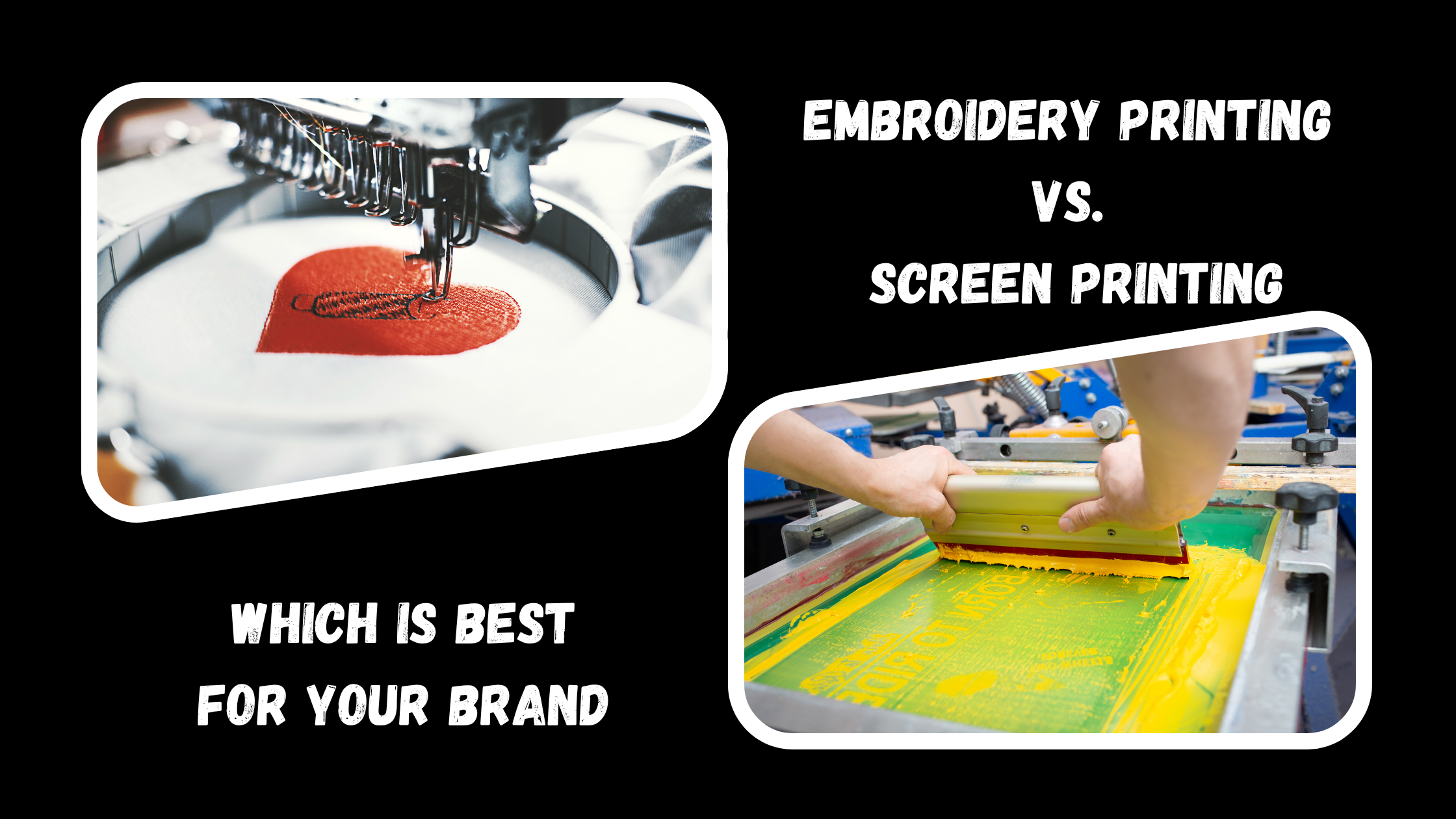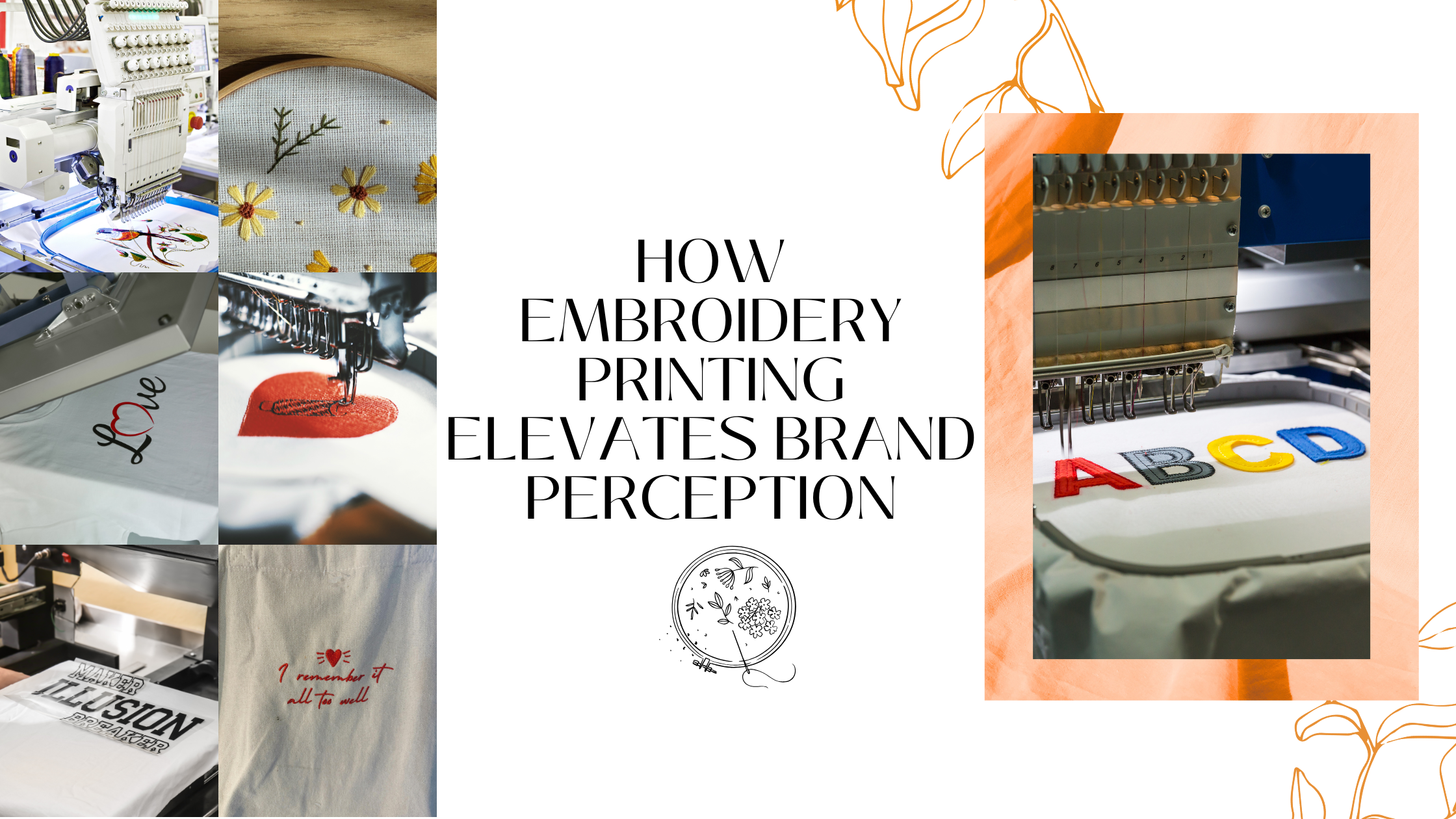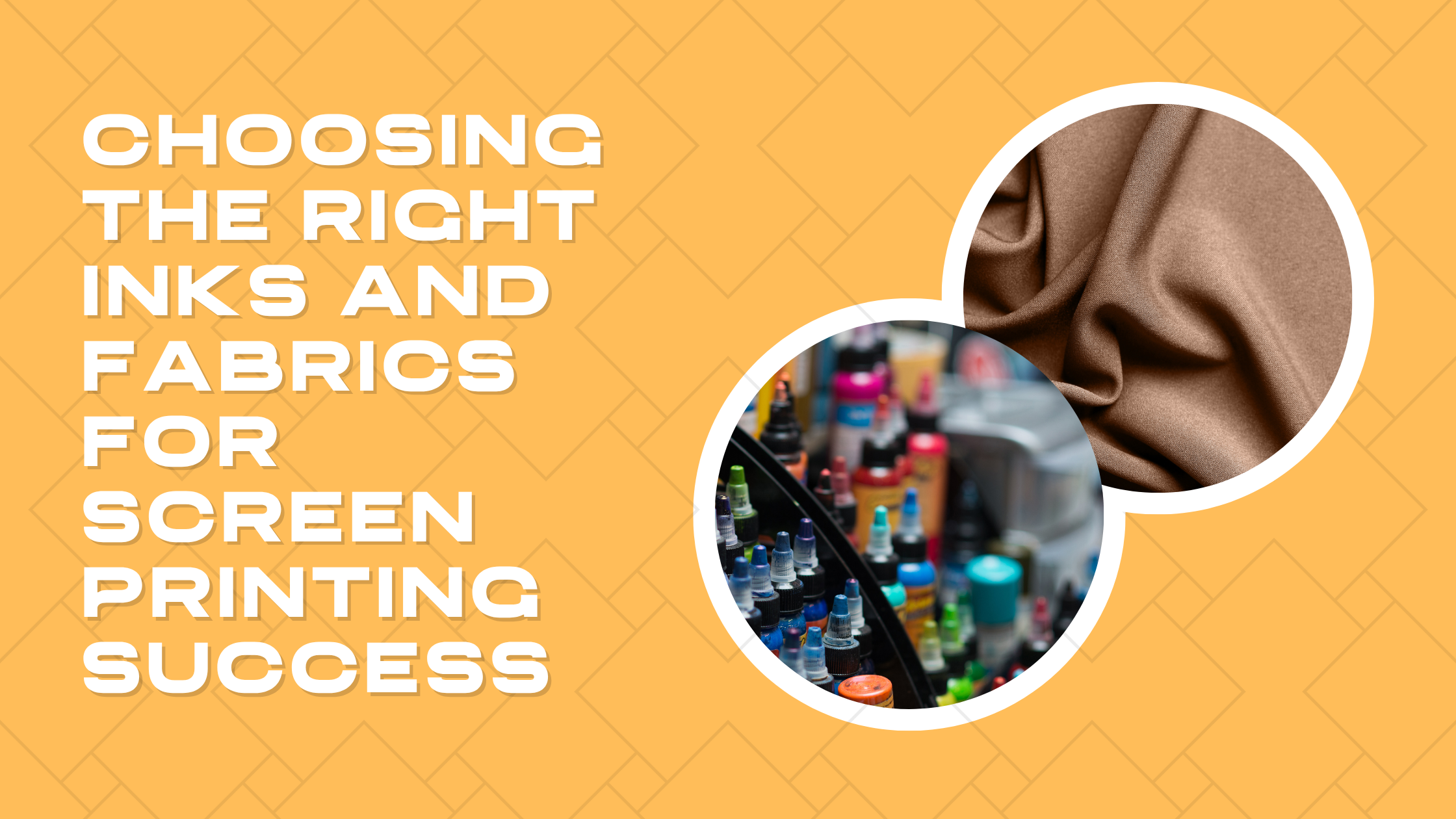Introduction
In the print-on-demand (POD) industry, choosing the right printing method is crucial. Two popular options—embroidery printing and screen printing—offer different benefits, costs, and applications.
Your decision impacts product quality, brand perception, production cost, and customer satisfaction. Understanding the differences ensures you deliver premium, durable products while maximizing profits.
This guide compares embroidery printing and screen printing, exploring pros, cons, ideal use cases, and industry trends for 2025.
1. What is Embroidery Printing?
Embroidery printing involves stitching designs onto fabric using threads.
Key Features:
- Creates raised, tactile designs.
- Works on various fabrics: cotton, polyester, denim, blends.
- Ideal for logos, text, or simple graphics.
Benefits for POD Brands:
- Premium, professional appearance.
- Long-lasting and durable designs.
- Builds trust and enhances brand perception.
Example: A POD apparel brand used embroidered logos on caps and hoodies. The premium look increased perceived value and customer loyalty.
2. What is Screen Printing?
Screen printing is a traditional printing method that uses stencils to apply ink onto fabric.
Key Features:
- Can produce vibrant colors and bold designs.
- Suitable for bulk orders.
- Works on cotton, polyester, and blends.
Benefits for POD Brands:
- Cost-effective for high-volume production.
- Supports multi-color designs with separate screens.
- Quick setup for large batches.
Example: A t-shirt POD brand used screen printing for bold graphic designs and sold thousands of units in a seasonal campaign.
3. Embroidery vs. Screen Printing: Key Differences
| Feature | Embroidery Printing | Screen Printing |
| Appearance | Premium, raised, textured | Flat, bold, colorful |
| Durability | Very high, resistant to washing | Medium, may fade over time |
| Cost per Unit | Higher (premium) | Lower for bulk |
| Design Complexity | Simple logos, text | Full-color, detailed graphics |
| Fabric Compatibility | Wide (cotton, blends, denim) | Wide |
| Production Speed | Slower for complex designs | Faster for bulk |
Industry Insight: Many POD brands offer embroidery for premium items and screen printing for high-volume, colorful designs. Combining both can expand product variety.
4. Pros of Embroidery Printing
- Premium Perception: Customers associate embroidery with quality.
- Durability: Threads resist fading and wear.
- Versatility: Works on apparel, caps, tote bags, and jackets.
- Corporate Appeal: Ideal for branding, uniforms, and promotional products.
Example: A lifestyle POD brand created embroidered hoodies and caps for a limited-edition collection, which sold at higher price points than standard printed products.
5. Cons of Embroidery Printing
- Higher cost per unit.
- Limited detail for complex or gradient designs.
- Slower production time for intricate patterns.
Tip: Use embroidery selectively on premium or high-visibility areas like logos, collars, or caps.
6. Pros of Screen Printing
- Affordable for large batches.
- Vibrant colors and bold designs.
- Supports multi-color graphics with separate screens.
- Fast production for bulk orders.
Example: A POD brand sold hundreds of bold graphic t-shirts using screen printing, achieving high-volume revenue quickly.
7. Cons of Screen Printing
- Designs may fade after multiple washes.
- Limited 3D texture; less premium perception.
- Setup can be costly for small, personalized orders.
Tip: Screen printing works best for mass production or simple, eye-catching designs.
8. Choosing the Right Method for Your Brand
Consider Your Target Market:
- Premium Apparel: Embroidery adds value for lifestyle, corporate, or limited-edition items.
- High-Volume Fashion: Screen printing is cost-effective for bulk sales of colorful designs.
Product Type:
- Caps, Hoodies, Polo Shirts: Embroidery works best for logos and text.
- T-Shirts and Posters: Screen printing works best for detailed graphics and patterns.
Consider Pricing Strategy:
- Embroidery allows higher price points due to perceived quality.
- Screen printing works for affordable, mass-market products.
Example: A POD brand used embroidery for high-end hoodies and screen printing for t-shirts in the same collection, catering to both premium and budget-conscious customers.
9. Trends in 2025
- Hybrid Printing: Combining embroidery and screen printing on the same product for multi-textured designs.
- Eco-Friendly Threads and Inks: Sustainable practices attract environmentally-conscious buyers.
- Personalization: Monograms, names, or custom logos increase engagement.
- Limited-Edition Collections: Exclusive embroidered designs build hype and loyalty.
Case Study: A POD streetwear brand combined DTF-printed graphics with embroidered logos on hoodies. The hybrid approach enhanced style, durability, and premium appeal, boosting sales and social media engagement.
10. Marketing Strategies for Each Printing Method
Embroidery Printing:
- Highlight texture and premium feel in lifestyle photos.
- Use corporate clients and giveaways to promote quality.
- Emphasize durability and exclusivity in product descriptions.
Screen Printing:
- Showcase bold, vibrant designs online and in social media campaigns.
- Promote limited-edition designs for events or seasons.
- Offer bundle deals to encourage bulk purchases.
Tip: Target different customer segments using each method. For example, offer embroidered hoodies to premium buyers and screen-printed t-shirts for high-volume customers.
11. Actionable Takeaways
- Use embroidery for premium, high-value products and corporate merchandise.
- Use screen printing for colorful, bulk designs and mass-market appeal.
- Consider hybrid designs to leverage the strengths of both methods.
- Focus on durability and quality to enhance brand perception.
- Market products based on their unique benefits: premium texture or bold visuals.
Industry Insight 2025: Brands that strategically combine both embroidery and screen printing differentiate themselves in the POD market, attract diverse customers, and maximize profitability.
Conclusion
Both embroidery printing and screen printing have unique advantages for POD businesses. Your choice depends on product type, target audience, budget, and desired brand perception.
Final Advice:
- Invest in embroidery for high-end, professional, and durable designs.
- Use screen printing for bold, affordable, and high-volume products.
- Combine both methods to offer versatile, premium, and visually appealing merchandise.
By choosing the right printing method, POD brands can elevate their products, attract loyal customers, and thrive in the competitive 2025 market.






